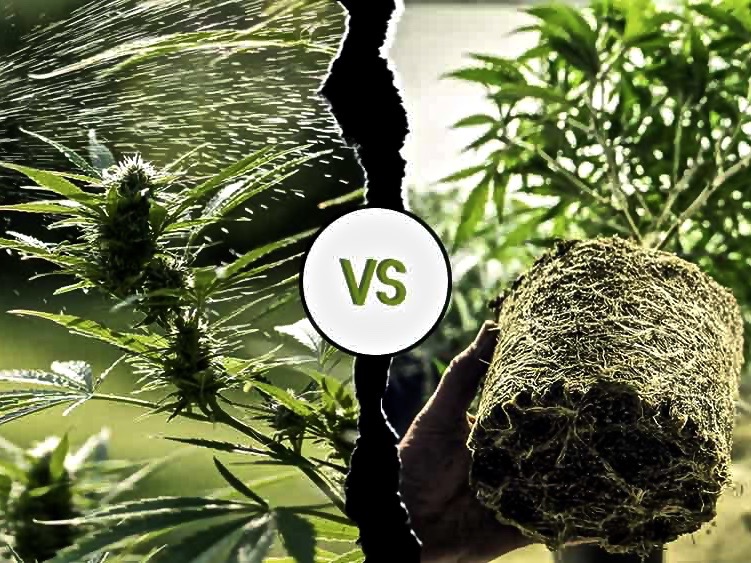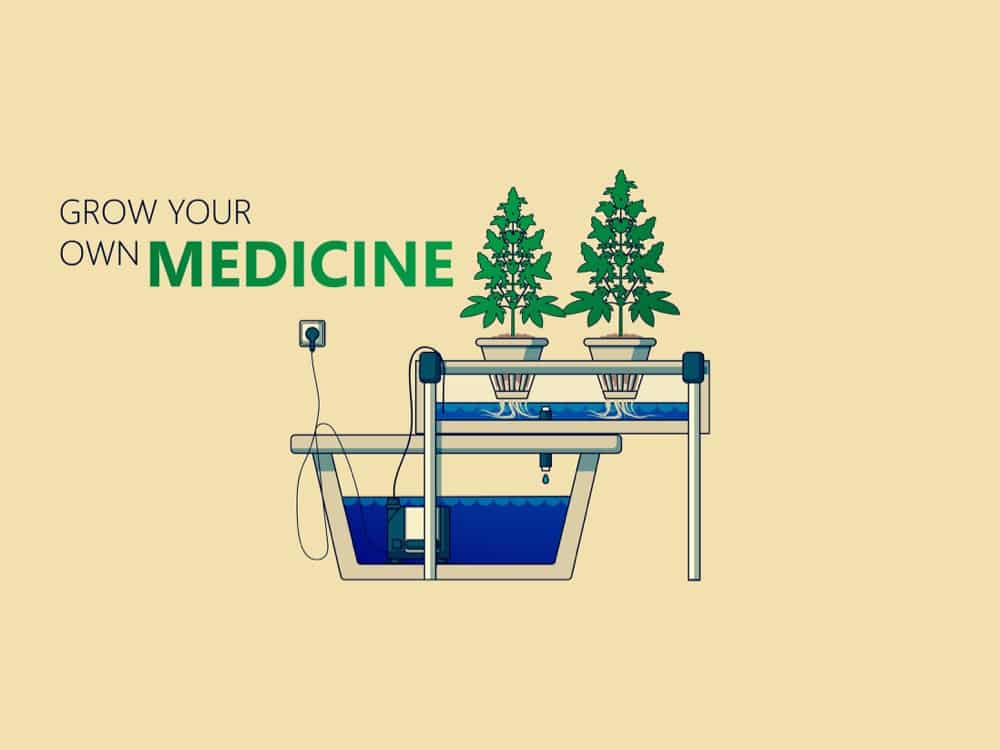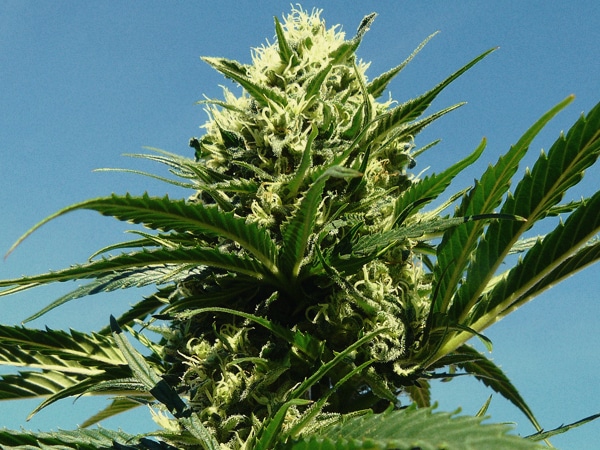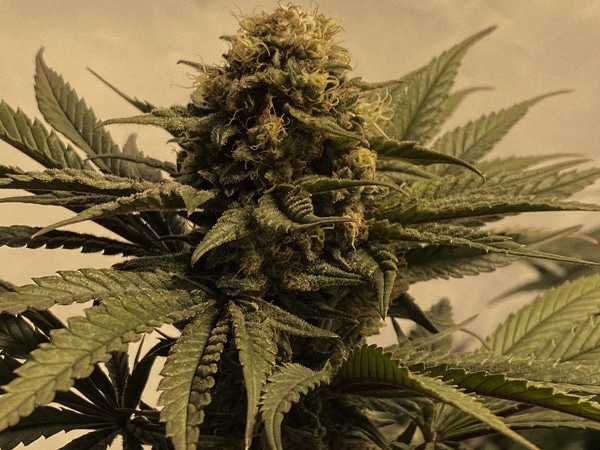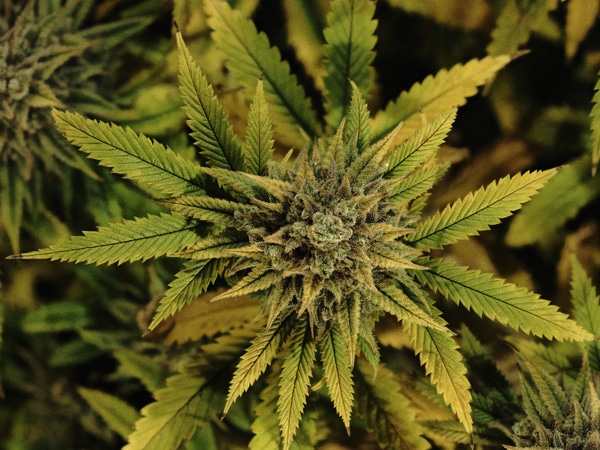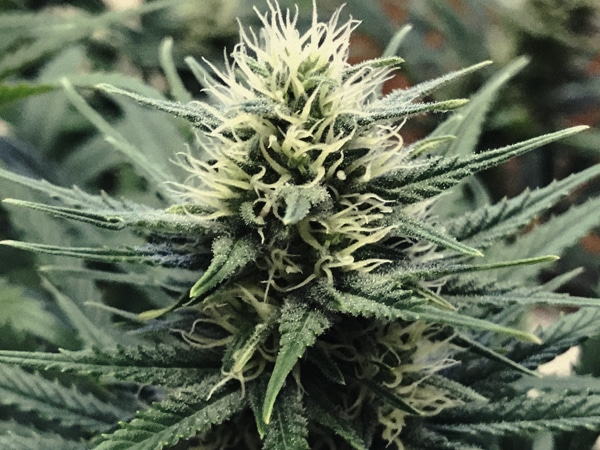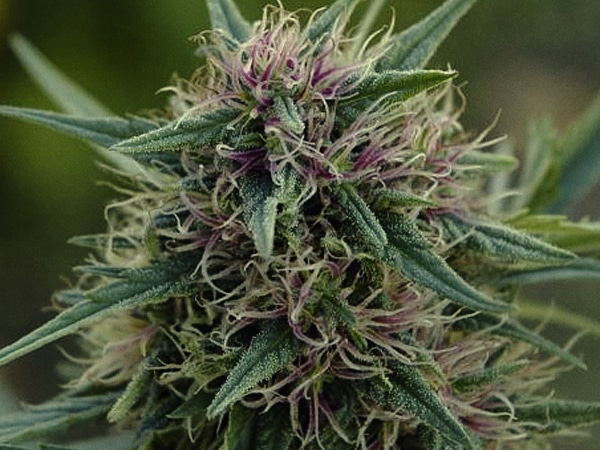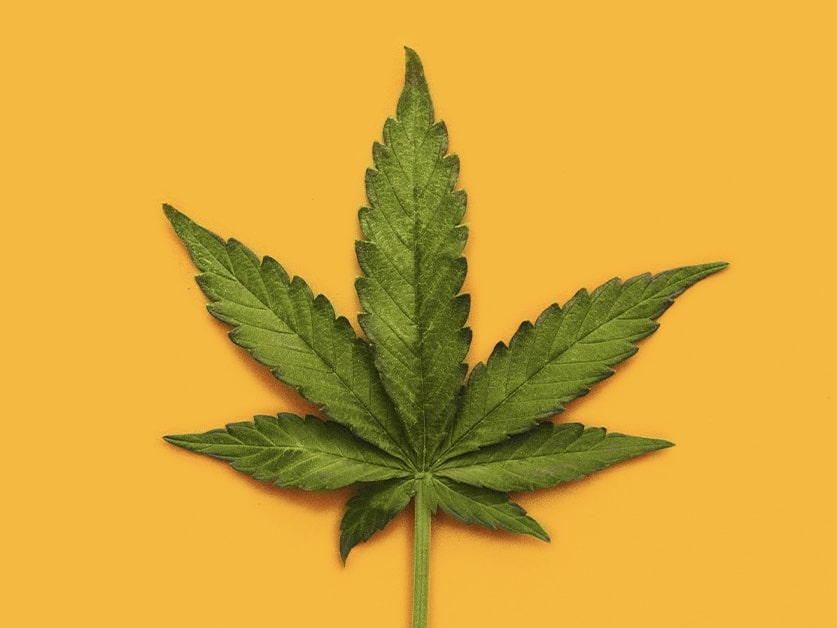On a tous entendu le fameux « la sativa est cérébrale, l’indica est physique », et on s’y est fié pendant des années. Problème: cette classification binaire ne serait pas si pertinente que ça, nous apprend notre expert en la matière verte Steven Voser.
Une brève histoire de Ganja
Pour mieux comprendre ce que les termes sativa et indica signifient quant aux effets à attendre de votre weed, il nous faut déjà brièvement se pencher sur l’histoire des études et recherches portant sur cannabis. C’est au botaniste suédois Carl Linnaeus que l’on doit, en 1753, la première classification du cannabis.
Linnaeus travaillait sur des plants importés qu’il faisait pousser en Europe. Sur la souche qu’il aura étudiée, il observera que les plantes sont larges et hautes, arborant des feuilles fines d’une couleur vert foncé. Il remarquera aussi que le cycle depuis la graine à la récolte est d’environ 3 mois. Le botaniste notera enfin que cette variété croît particulièrement bien dans les climats chauds et tropicaux proches de l’équateur. Linnaeus classera cette espèce sous le nom de « Cannabis Sativa L ».

Environ 30 ans plus tard, le biologiste français Jean Baptiste Lamarck se penchera sur d’autres échantillons de cannabis qui lui auront été ramenés d’Inde. Lors de ses observations, Lamarck notera que ses plants affichent des caractéristiques différentes de celles que son confrère Linnaeus avait notées. Le cannabis indien ne dépasse pas 1, 50 mètres, a un aspect beaucoup plus dense et touffu avec de larges feuilles et fleurissaient très rapidement (généralement en moins de 2 mois). Lamarck classera cette espèce sous le nom de « Cannabis Indica Lam »
Dans les années 1920, une troisième espèce de cannabis a été identifiée dans le sud-est de la Russie. Cette variété, maintenant connue sous le nom de Cannabis Ruderalis est beaucoup plus petite que les variétés sativa et indica et fleurit automatiquement en fonction de la maturité plutôt qu’en raison de changements dans son cycle lumineux.
Ce que la classification Indica-Sativa nous enseigne
Carl Linnaeus et Jean Baptiste Lamarck ont utilisé les mots sativa et indica pour décrire deux variétés de cannabis aux caractéristiques particulières.
Aujourd’hui, cette classification reste pertinente, particulièrement lors de l’achat de graines lorsque l’on veut par exemple se lancer dans une petite culture à domicile (voir notre article).
Les durées de croissance et taux d’ensoleillement faisant partie des données à indispensablement prendre en compte. Et à ce titre, les classifications Indica-Sativa sont des plus pertinentes, avec les caractéristiques suivantes : Les Sativas peuvent atteindre de grandes hauteurs, atteignant facilement plus de 2 mètres et ont tendance à s’étirer vigoureusement lorsqu’elles commencent à fleurir en produisant de gros bourgeons aérés.

Ces plantes sont originaires des régions tropicales chaudes comme le Vietnam, le Mexique, la Colombie et même certaines parties de l’Afrique. Ils ont probablement développé leur structure physique unique pour faire face aux étés longs, chauds et humides dans ces régions et se protéger contre les moisissures et les ravageurs qui prospèrent également dans ces conditions.
Les indicas, d’autre part, sont originaires des régions montagneuses du Népal, de l’Inde et de l’Afghanistan, où les étés sont naturellement courts et froids. Les plants sont plus petits, avec un espacement internodal (entre deux branches) plus court et arborent de larges feuilles et des fleurs très denses. Les variétés indica produisent également une résine épaisse et peuvent être prêts à être récoltés après seulement 6-8 semaines de floraison. Comme les sativas, ils ont probablement développé ces traits uniques pour faire face aux climats difficiles de leur origine.
Ce que la classification indica/sativa ne vous indique pas
Penchons-nous maintenant sur les effets. Ce qui affecte l’effet d’une variété est bien entendu sa composition chimique, mais aussi la chimie de votre propre corps ainsi que votre tolérance / sensibilité aux produits que vous consommez.
Les souches contenant une grande quantité de mycènes, par exemple, sont plus susceptibles de produire une sensation, un « high » corporel et relaxant, souvent associé aux indicas. Cependant, aucune étude n’a pu démontrer que les souches indica produisaient plus de mycènes que les sativas.
Voilà une donnée qui complique.. la donne. D’autant plus que les terpènes et notes citronnés ou d’ agrumes, typiquement associés aux Sativas et à un effet « cérébrale », sont aussi présents dans certaines variétés d’Indica, qui procurent donc un effet…cérébral.

Lors de l’achat de cannabis, les termes indica et sativa sont précieux et fiables pour vous faire une idée de la lignée génétique et des propriétés physiques d’une variété particulière. Mais pour anticiper ses effets, en revanche, recherchez des rapports de laboratoire qui analysent le profil chimique de cette souche spécifique… Ou sentez tout simplement la ganja en question si vous le pouvez, puisque ce sont les terpènes, ces arômes naturels de la weed, qui définiront la nature de votre voyage cannabique.
Et si vous ne pouvez ni vérifier odeur ou préciser la variété, il ne vous restera plus qu’à acheter à l’aveugle…ou changer de fournisseur.
Steven Mike Voser pour Zeweed





